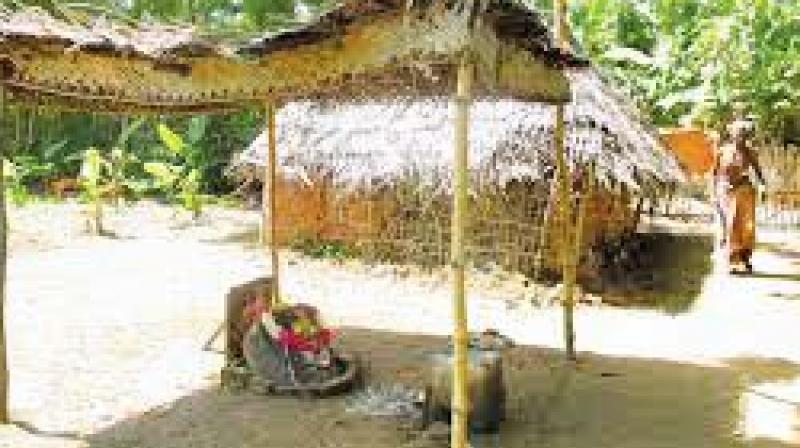Madras high court: Inspect Udayalur if it is burial site of Rajaraja Chola

Chennai: The Madras high court has directed the 6-member committee constituted by the state government to inspect Udayalur in south bank of Mudikondan river, Kumbakonam Taluk, Thanjavur District, which is stated to be the burial site of King Rajaraja Chola, first and find out as to whether any archaeological remains or artefacts exists there or any other burial sites are there which would evidence the burial of King Rajaraja Chola.
A division bench comprising Justice N.Kirubakaran and S.S.Sundar gave the directive while passing further interim orders on a petition filed by S.Kamaraj alias Muthalakurichi Kamaj and Narayanmoorthy.
The bench said emperor Rajaraja Chola, ruled Tamil land up to Kalinga, two third of Sri Lanka, parts of Karnataka, Maldives and parts of East Asia between 985 and 1014 C.E. He built Thanjai Periyakoil, which is an engineering marvel. Udayalur, is stated to be the burial site of King Rajaraja Chola. Hence, the Committee is to inspect Udyalur first and find out as to whether any archaeological remains or artefacts exists there or any other burial sites are there which would evidence the burial of King Rajaraja Chola. If required, excavation also has to be done and the Committee is to file a report before this court on April 25. The Committee is at liberty to take advice/opinion/guidance of scholars whose advice is important, the bench added. The bench said additional advocate general K.Chellappan filed the carbon dating report regarding artefacts found in Alagankulam Archaeological site obtained from Beta Analytic Radiocarbon Dating Laboratory, Miami, Florida, USA. “A perusal of the report would show that the samples taken from the site dates back to 308 to 350 cal BC and 357 to 429 cal BC. Since Tamil Brahmi letters are found on the potteries found in Alagankulam Archaeological site, this will be the earliest historical evidence to show that Tamil is olden than Ashoka’s inscriptions which are Brahmi in Prakrit dated around 232 BC. Therefore, a report is required to be filed by the State Archaeological departments. The State Archaeological department is directed to prepare a report with regard to Alagankulam excavation and file it before this court. If it is required, further excavation can also be done since it is found to have yielded earliest inscriptions so far in India”, the bench added.
The bench said out of 3,691 ancient monument sites in India, 413 were found in Tamil Nadu which was next to Karnataka which has got 506 sites. Out of 413 sits, excavation have been carried in 26 sites and out of this 26 sites only in respect of Guidyam, Thiruvallur District, alone report has been filed. For the rest of the sites though excavation have been done, so far, no report has been filed. “Therefore, the Archaeological Survey of India is directed to file a report giving the details of the steps taken to prepare reports for the remaining 25 sites before this court on April 25. It goes without saying that if any artefacts is found in the 25 archaeological sites in which Archaelogical Survey of India carried out excavation, the said samples of those artefacts are directed to be sent to Beta Analytic Radiocarbon Dating laboratory, Miami, Florida, USA for carbon dating and file a report”, the bench added.

